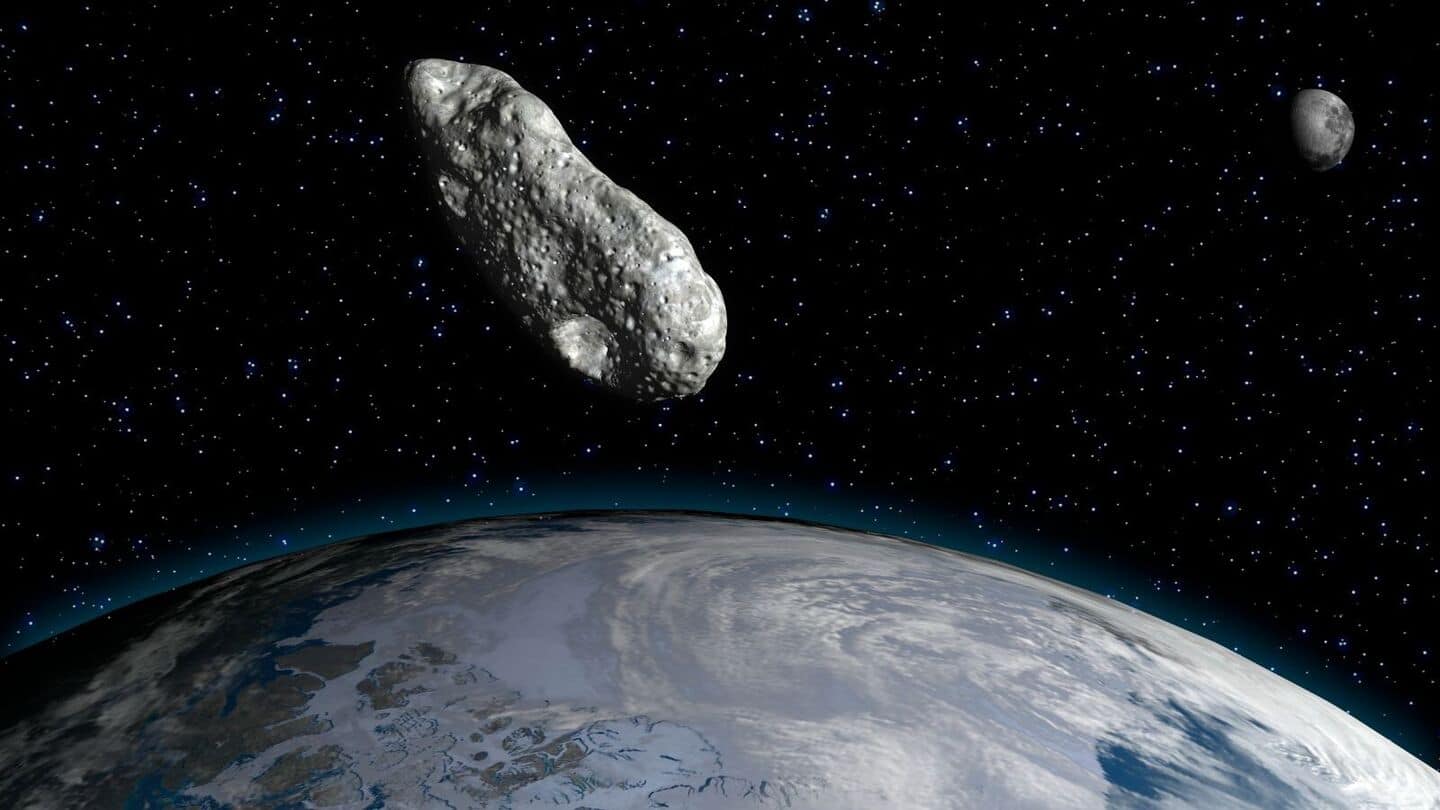NASA Confirms Asteroid 2025 QV9 Makes Close Flyby of Earth
NASA has confirmed that asteroid 2025 QV9, measuring about 100 feet wide, made a close but safe flyby of Earth on September 10, passing at a distance of 1.25 million miles.

NASA confirmed that on September 10, 2025, asteroid 2025 QV9—a near-Earth object roughly the size of a commercial airliner—made a close approach to Earth, passing at a distance of approximately 1,250,000 miles, or about five times the distance to the Moon. The asteroid, traveling at a speed of 10,319 miles per hour, was closely monitored by NASA’s Jet Propulsion Laboratory and other international space agencies, but experts emphasized that it posed no immediate threat to the planet.
The flyby of 2025 QV9, part of the Aten group of asteroids, drew significant attention from astronomers and the public alike. While the distance may seem vast, in astronomical terms it is considered a relatively close encounter, underscoring the importance of ongoing monitoring of near-Earth objects. NASA’s Asteroid Watch dashboard listed the event as one of the closest approaches in the current month, and the agency reiterated that objects of this size and proximity are routinely tracked to refine impact prediction models and inform planetary defense strategies.
Asteroid Details and Scientific Significance
Asteroid 2025 QV9 is estimated to be about 100 feet (30 meters) in diameter, making it comparable in size to a Boeing 737. Its high velocity and trajectory placed it within the category of near-Earth objects that cross our planet’s orbit, but well outside the threshold for being classified as potentially hazardous. According to NASA, only objects larger than about 150 meters that approach within 4.6 million miles are considered potentially hazardous, and 2025 QV9 did not meet these criteria.
The event provided a valuable opportunity for scientists to observe the dynamics of a relatively large asteroid passing near Earth. Such flybys allow researchers to gather data on the asteroid’s composition, rotation, and orbit, which can improve future risk assessments and inform the development of mitigation strategies. The close approach also served as a reminder of the dynamic and sometimes unpredictable nature of our solar system.
Global Collaboration and Public Response
Space agencies worldwide, including NASA, the European Space Agency (ESA), Japan’s JAXA, and India’s ISRO, collaborated to track 2025 QV9’s trajectory. ISRO officials highlighted the importance of international cooperation in planetary defense, noting that India is expanding its own asteroid research and may participate in future missions to study or even land on asteroids. Public interest in the event was high, with amateur astronomers and skywatchers around the globe observing the flyby and sharing images and data online.
Despite some social media speculation and alarmist headlines, NASA and other authorities were quick to dispel misinformation, clarifying that 2025 QV9’s passage posed no risk to Earth. Experts stressed that while the asteroid’s approach was noteworthy, it was not unusual, and that robust monitoring systems are in place to detect and assess any objects that could pose a genuine threat in the future.
The successful tracking and communication surrounding 2025 QV9’s flyby highlight the progress made in planetary defense and the importance of continued vigilance as humanity seeks to better understand and protect itself from the hazards of near-Earth space.